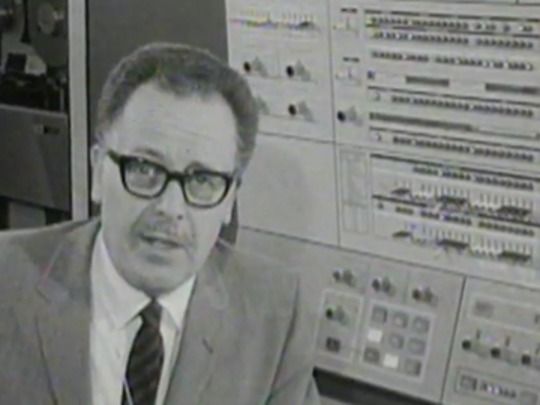
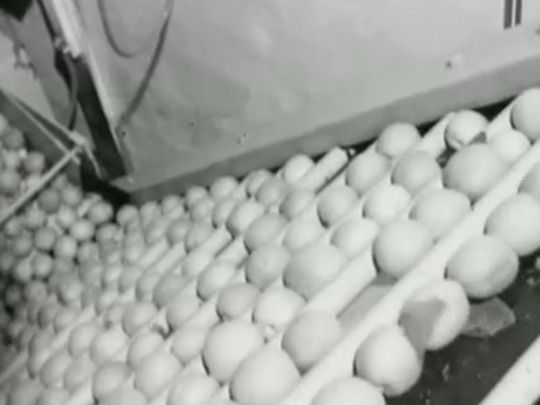
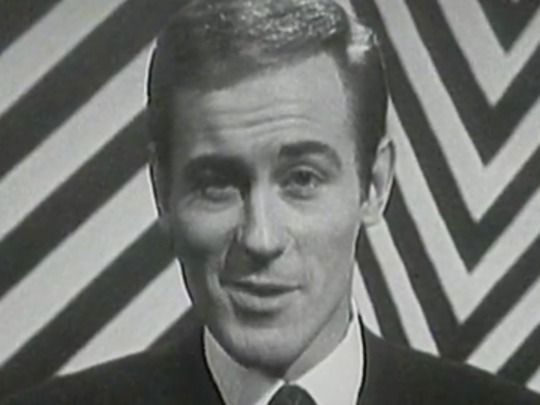
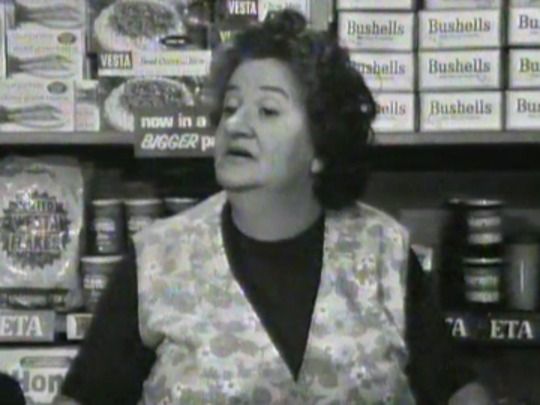
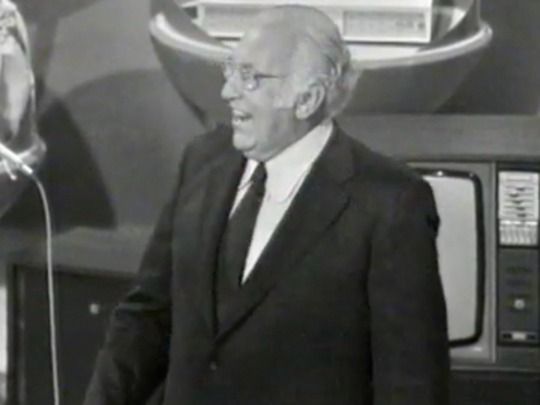
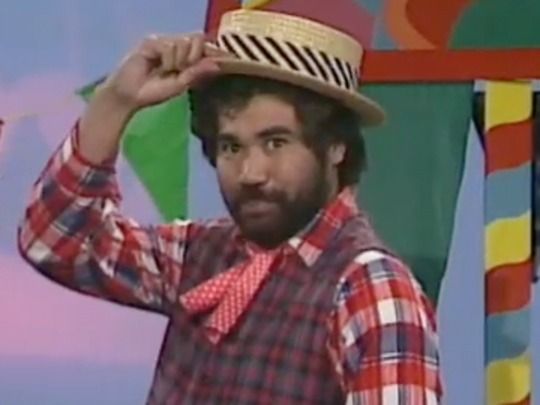
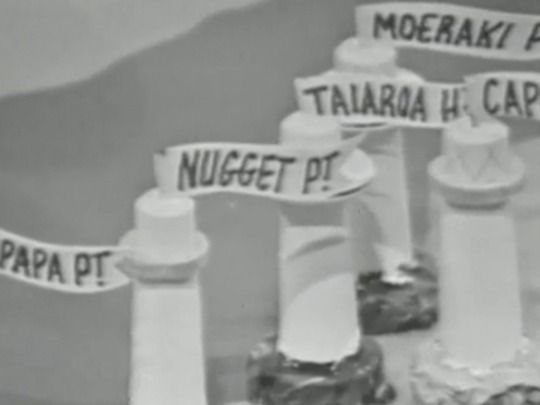
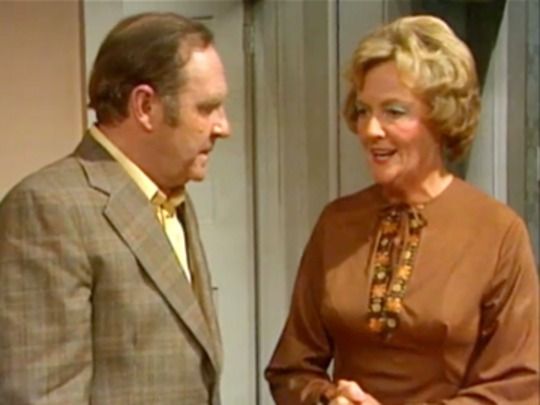
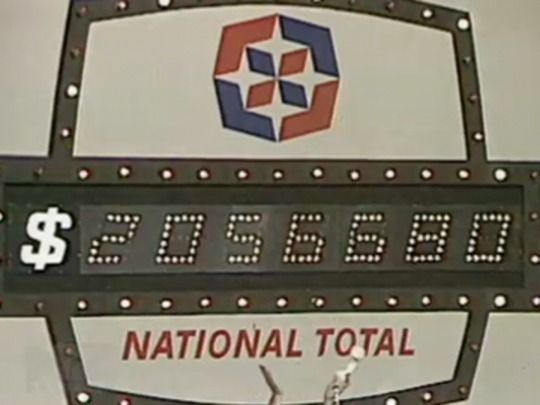
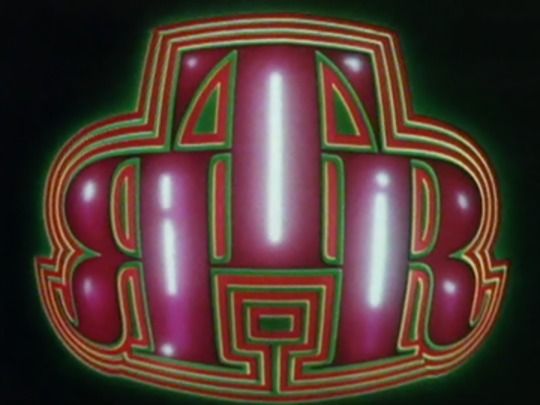
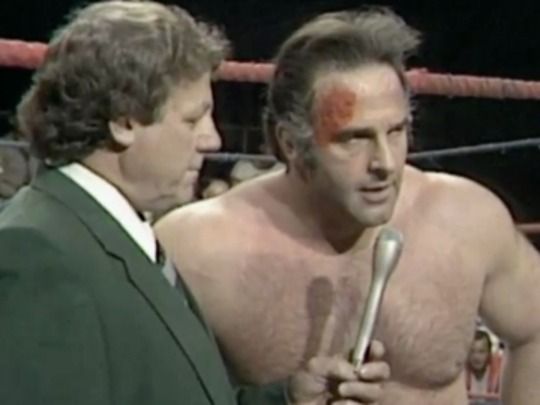
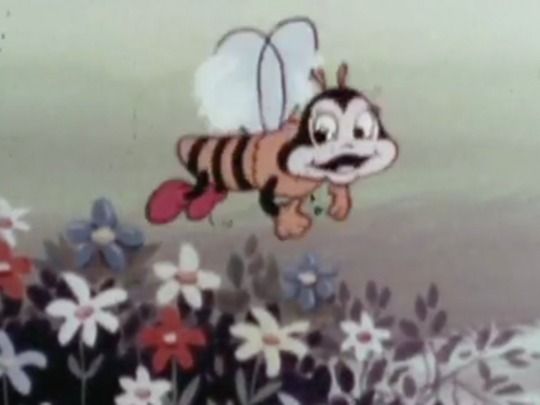
Top 40 NZ TV Classics
Top 40 NZ TV Classics
This collection has two backgrounds:
Cheese Toasties and Kiwi TV

Square Eyes

Cheese Toasties and Kiwi TV

By James Croot 25 Aug 2015
In a year when ‘‘reality television’’ has dominated discussion and in a month when even Kiwi funnyman Jemaine Clement has lamented the state of New Zealand television, NZ On Screen’s new Top 40 NZ TV Classics collection is a welcome reminder of some of our greatest televisual achievements.
As a child of the late 1970s and early 1980s, I’m not surprised by the predominance of shows from that period. It was a time when, along with Canada, we led the world in terms of family and ‘‘kidult’’ programming, with weekend evening entertainment a speciality.
I still have vivid memories of cheese toasties by the fire, soaking up the gripping ‘‘sports’’ action and drama of the uniquely Kiwi A Dog’s Show (something which Māori TV is currently trying to recreate with its hilarious World Forklift League), and being inspired by New Zealand youths doing cool things on Spot On (especially its annual video competition, which helped launch the careers of the likes of Duncan and Robert Sarkies).
With no disrespect to the modern likes of The 4.30 Show and Sticky TV, Kiwi kids were particularly well catered for in those days with flagship weekday shows like Play School, Chic Chat and After School complemented by dramas like It Is I Count Homogenized, Under the Mountain and The Kids From O.W.L, and quiz shows including W Three and It’s Academic.
Then there was What Now?, still going strong today, but in those days a cartoon-filled affair which dissuaded many New Zealand children from Saturday morning sport and cultural activities.
You could actually just about make up a Top 20 of Kiwi kids shows, with some of the notable omissions from this NZ On Screen List The Fire-Raiser and The Mad Dog Gang.
What is nice to see though is the inclusion of classic Kiwi comedy in the form of Roger Hall’s workplace sitcom Gliding On (arguably our own version of Yes Minister or a well before its time forerunner to The Office), classic sketch satire A Week Of It, the much-loved Billy T James Show and yes, even Hudson and Halls (really, in those days who watched it for what they actually cooked?).
Other worthy inclusions on the list are Top Town (a 1970s and 80s-era combination of modern day programmes like Wipeout and those crazy Japanese game shows which created plenty of rivalry between the residents of places like Timaru and Wanganui - as it was then), everyman quiz show It’s in the Bag (with the avuncular Selwyn Toogood, who was a master at getting the live audience involved), our Telethons (which brought the nation together for around 24 hours to showcase our wildest and weirdest variety acts in front of visiting celebrities), Ready to Roll (whose initial Top 20 countdown was a triumph of editing in creating must-watch two-minute viewing), Fair Go (still championing consumer rights after nearly four decades) and Nightline (which brought bawdiness and Bill Ralston to TV current affairs - although I’m inclined to think his The Ralston Group is more worthy of classic status).
If I have a minor gripe about what is generally a pretty solid list of New Zealand’s most memorable TV, it's the inclusion of Town and Around (ahead of other regional TV programming) and a little-remembered show like Hotshotz, instead of our brilliant first-ever animated series bro’Town.
James Croot writes about television and film for website Stuff and Fairfax newspapers.
Square Eyes

By Barney McDonald 28 May 2010
It's funny that my earliest memory as a human being is also my first of a television going. There I was, two years old, tucked up in bed, only to be dragged excitedly into the living room to watch the first manned lunar landing on our black and white TV (they set foot on the moon, not the Thorn).
Importantly (at least for the purposes of this piece), at the time I was living in Waiouru, where my father was a sergeant in the army, after being born in Taihape, gumboot capital of New Zealand.
It's a fitting memory because it underscores all my salient recollections of Kiwi TV from the late 60s, 70s and 80s. Local content from that era seemed parochial and regional, as though the box was the glue that bound us together as a modest nation, epitomised by televised All Black games, It's in the Bag and Telethon. Now, perhaps, it's the internet, talkback radio, and morning TV weather presenters visiting more corners of the country than Selwyn Toogood ever could performing that tenuous function.
Since we weren't a nation of megatropolises, TV from that time also seemed inherently rural. It reflected the dominance of country life, personified by Fred Dagg, whose single 'Gumboots' remains the unofficial anthem of my birthplace.
A Dog's Show, Top Town, Country Calendar and, of course, John Clarke's jovial lampooning of the good Kiwi bloke (albeit a farmer), presented our fair land as a bucolic paradise where sheep were to be both sheared and shared, top town's congregated then competed (with the comic timing of the Keystone Cops) and the 'green economy' was simply the pastoral basis of our financial well-being. Milk was still delivered to the gate in bottles and our geographic isolation was mirrored by much of the local content being delivered to us via the airwaves.
When colour arrived on our screens in time for the 1974 Commonwealth Games in Christchurch, it marked both the beginning of a new phase in local TV production and a better way to view the vibrant NZ logo designed for the occasion. Perhaps inspired by such a fine sporting event, over the next few years us kids would come in from play on Sunday afternoons to watch a motley collection of 'professional' wrestlers grunting, writhing and cavorting during On The Mat.
Children's TV was equally compelling (though less unintentionally homoerotic), with Nice One, What Now?, Spot On and the imaginatively named After School going down happily with a couple of slices of cheese on toast and a cup of steaming Milo.
Adults were well served too, especially in the field of historical drama. Family series Hunter's Gold and The Mackenzie Country were popular prime time shows, though nothing fully prepared the nation for the era's landmark, six-part historic drama The Governor in 1977. Nearly half the population tuned into this controversial re-telling of Governor George Grey's life. Prime Minister Robert Muldoon was a particularly vocal opponent of its narrative, themes (and Masterpiece Theatre-striving budget).
Landmark doco series Tangata Whenua, helped pave the way for The Governor's revisionist mission when it screened in late 1974. Conceived, researched and narrated by the late Michael King, it told iwi stories through interviews with kaumatua; it was the first time most viewers had seen te ao Māori on screen (or for some viewers, anywhere else). Certainly, both series captured a zeitgeist in New Zealand race relations that could be felt even in primary school, where we were encouraged to embrace an embryonic bi-culturalism, at least in songs and stories.
Arguably more lowbrow, and long before Shortland Street was but a twinkle on the blade of a scalpel or nib of a pen, Close to Home brought us closer to home, especially if you lived in Wellington, where it was set. It was a soap but not too sudsy and it ran for eight years between 1975 and 1983. Formative times.
Aptly, many scenes were set in a bar, fundamentally the hinterland of New Zealand social culture. Its stars - Jennifer Ward-Lealand, Ginette McDonald, John Bach, Jim Moriarty - were embraced by the public, whereas post-war set drama series Country GP, which followed on Close To Home's heels, went for rural nostalgia, and was less successful. Perhaps by the early 80s Kiwis wanted smarter, savvier ... 'younger' shows. We got Gloss, a series it was impossible to ignore because it was such a guilty pleasure.
With Fred Dagg setting the benchmark (Australia had Norman Gunston), local TV comedy seemed more innocent, easy-going and humorous back-in-the day (though hats off to 7 Days for marrying Joker's Wild to Q1 and spawning a funny bastard). Billy T James took up the mantle in the 80s to make us laugh easily and equally at Māori and Pākehā, white and blue collar workers and life in general in this little post-colonial outpost.
McPhail & Gadsby, Gliding On, A Week Of Itand, in its way, Hudson & Halls also had us laughing at ourselves and with each other. Thankfully, these shows didn't seek to ape the constant stream of British and American comedy clogging our broadcasting. We preferred instead to generate mileage (or kilometres by this stage) from a growing sense of sovereignty to our idiosyncrasies.
That toddler sat watching one of the greatest achievements of humanity on a chilly Waiouru floor was in for a treat down the track. Play School, A Haunting We Will Go, Under The Mountain and a raft of 'variety' shows for kids were shared experiences we all enjoyed growing up with, if only because for much of our 50-year TV history there weren't copious options.
Children's shows gave us many of our most memorable icons too, from Big Ted, Jemima, Manu and Humpty on Play School, to Count Homogenized on A Haunting We Will Go, Wilberforces on Under The Mountain and the unintentionally eye-popping Thingee, who cross-pollinated After School, What Now? and The Son Of A Gunn Show.
Sadly, as kids, we rarely got to see the Goodnight Kiwi, perhaps the most endearing and enduring local TV icon of them all. No longer in our infancy as a nation devoted to the box, we now have an endless array of infomercials to keep us watching in the wee hours of the morning, when kids big and small should be tucked up tight, counting sheep in our dreams.